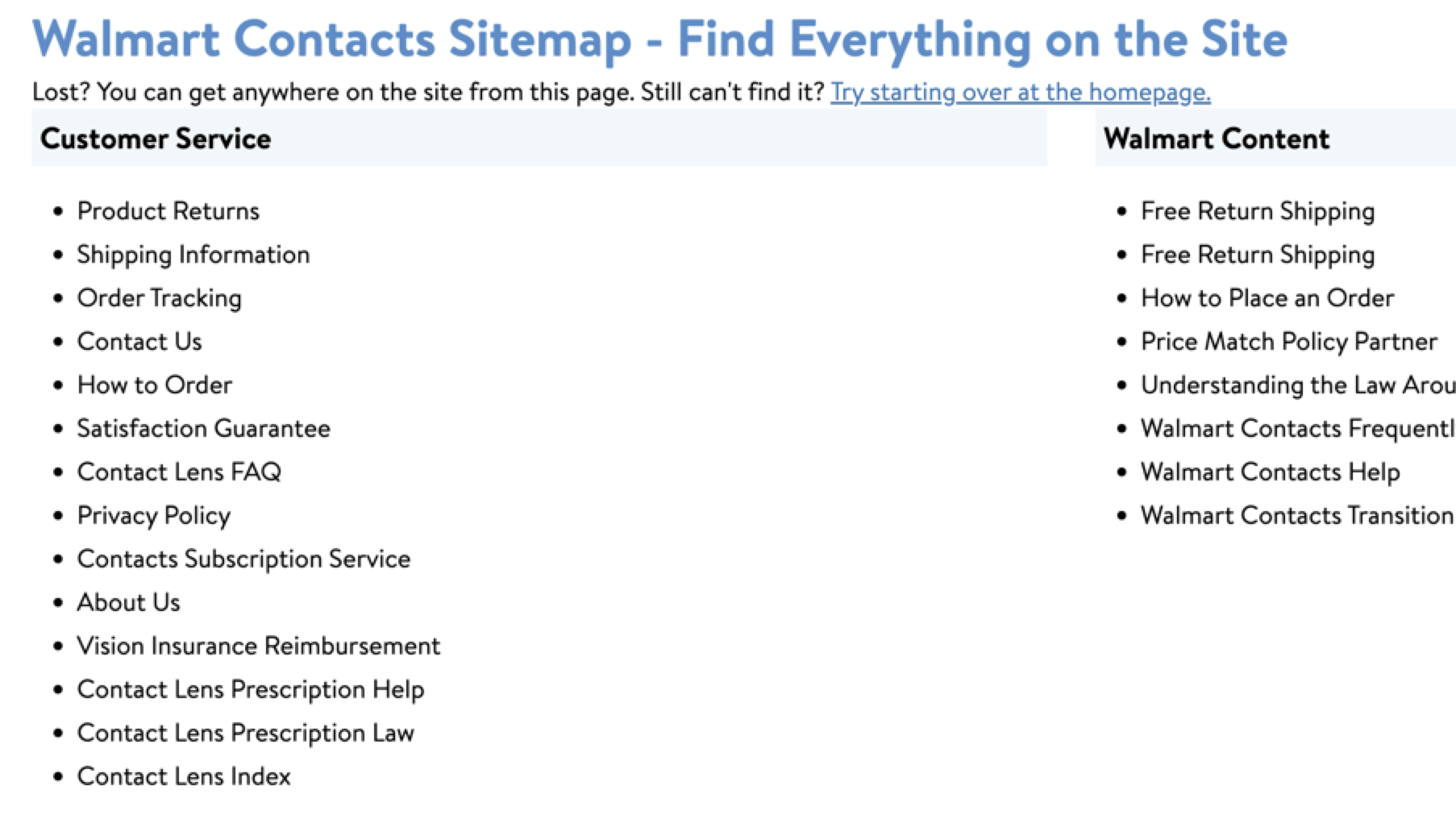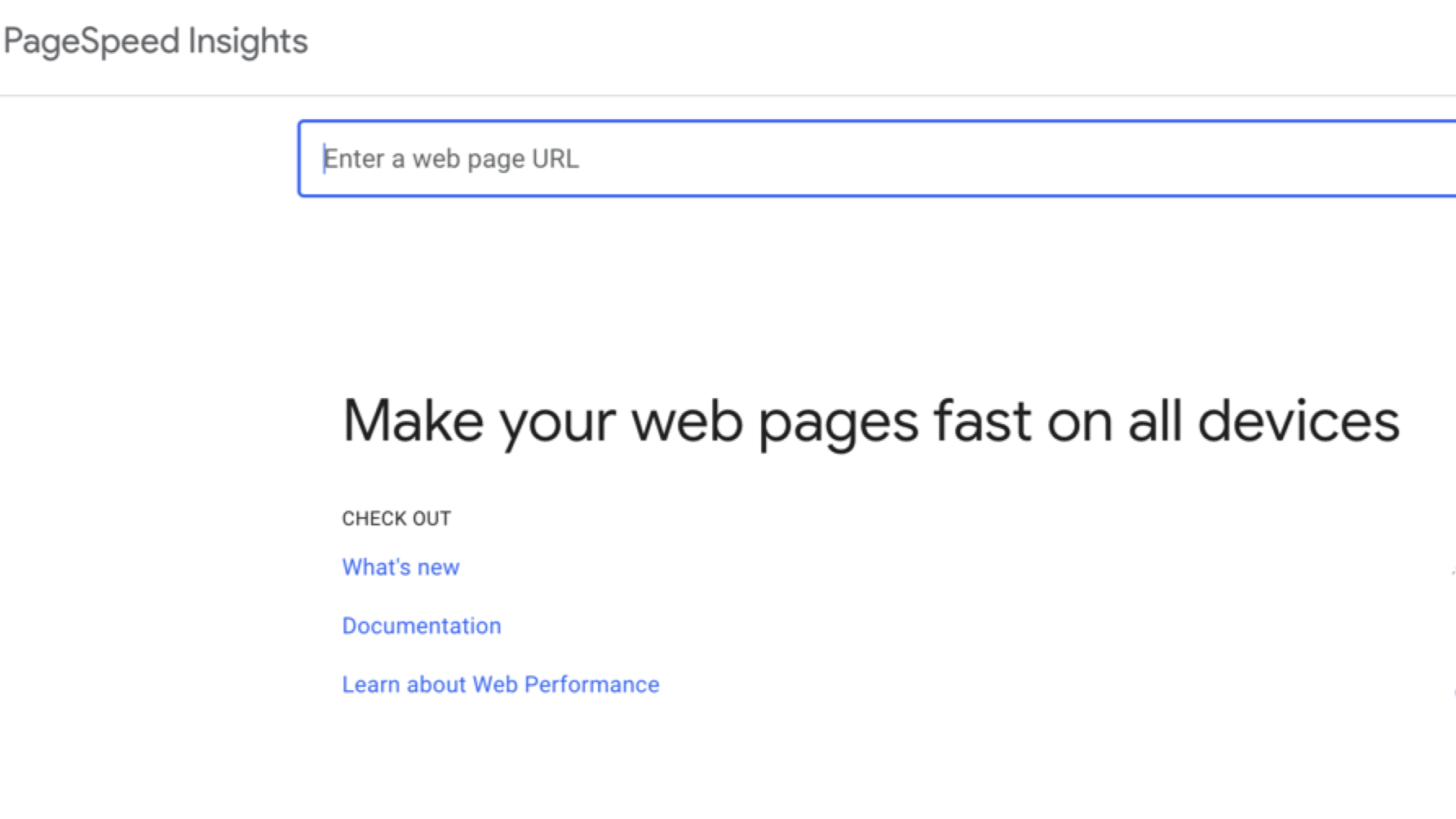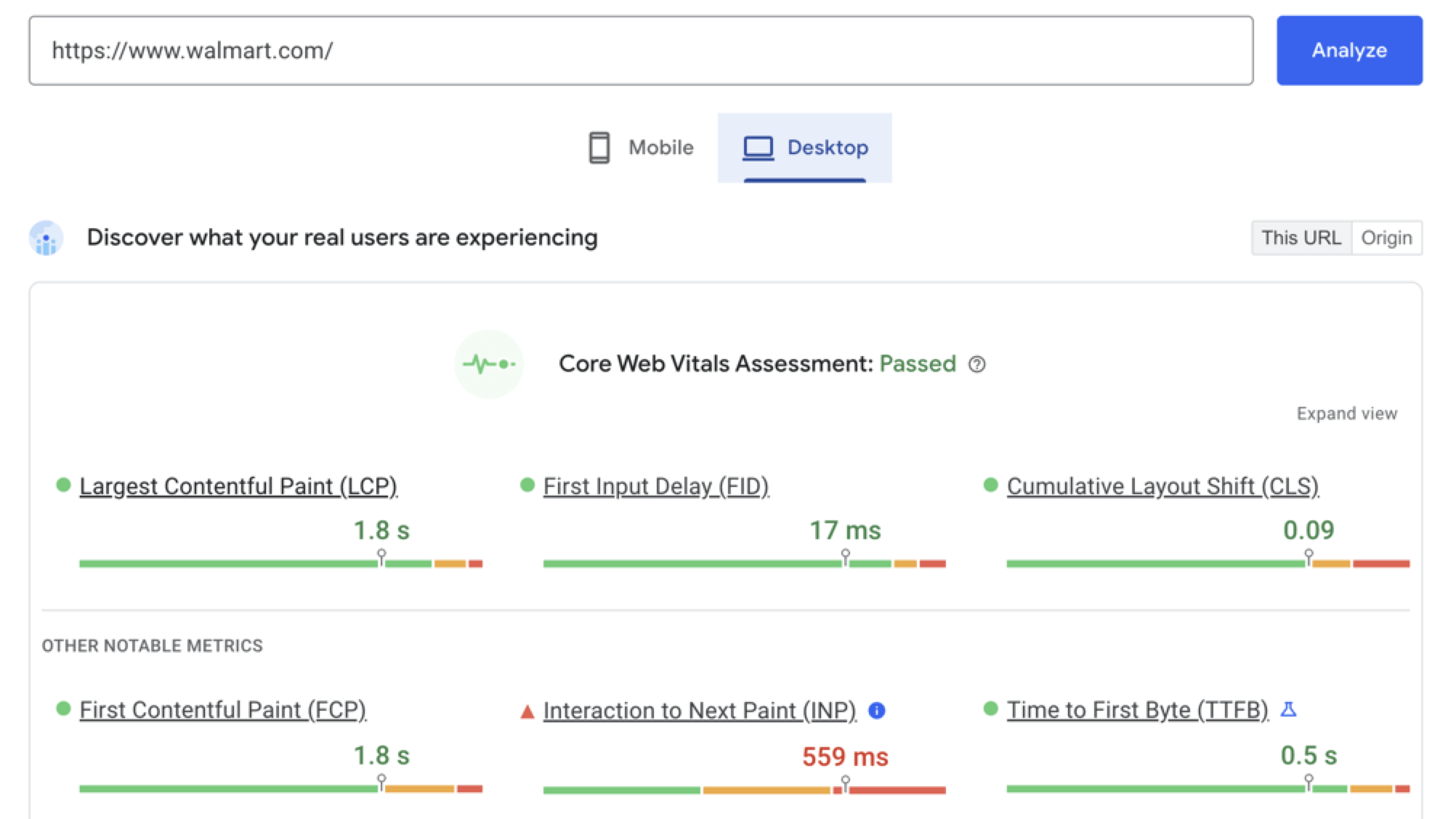What stops your site from ranking where you want in search results? That’s the question search engine optimization (SEO) audits try to answer. Learn how to perform an SEO audit, and you can uncover what’s missing from your SEO efforts!
What is an SEO audit?
An SEO audit is the analysis of your website against search engine optimization standards. SEO audits evaluate your site’s on-page, off-page, and technical SEO, and provide recommendations for improving your website’s SEO (and online visibility).
How to do an SEO audit
Learning how to do an SEO audit starts with understanding how SEO works:
- Crawling: Search engines use crawlers (also known as spiders) to crawl the web. What they find gets brought back to the search engine for indexing and eventually ranking. That’s why website audits verify crawling.
- Indexing: Search engines are similar to libraries, and when they index websites, they enter that site into their index. Like crawling, audits will check if search engines have indexed your site — and if they haven’t, troubleshoot why not.
- Ranking: Search engines use advanced algorithms to organize their indexes and deliver them to users. That’s why SEO audits will evaluate a site and its URLs against SEO best practices for ranking.
These three areas expand into dozens of checks within a website SEO audit. Since our focus is to walk through on how to do a site audit as a beginner, we’ve condensed the checks into a few key steps for on-page, off-page, and technical SEO:
- Verify crawling and indexing
- Evaluate your sitemap
- Evaluate your web design
- Test your page speed
- Find duplicate content
- Check your metadata
- Review keyword insertion
- Look for content gaps
- Analyze link-building opportunities
1. Verify crawling and indexing
Crawling and indexing is essential to SEO — without it, you can’t rank in search results.
As a part of your SEO audit, verify search engines can crawl your website. For this step, you can work backgrounds by checking the Page indexing report in Google Search Console. Here, Google will outline which pages are indexed and which aren’t.
If Google hasn’t indexed a page, it’ll outline the reasons why, like:
- Excluded by ‘noindex’ tag
- URL blocked by robots.txt
- Not found (404)
- Crawled – currently not indexed
- Discovered – currently not indexed
Review Google’s documentation to better understand these errors and how they apply to your site.
If you notice an increase in “Crawled – currently not indexed” issues, evaluate the affected URLs and their quality. For Google, quality is paramount and a growing consideration in which URLs enter its index. Make your content helpful and original to increase the chances of Google indexing those pages.
Now, if you notice “URL blocked by robots.txt” errors, use a robots.txt validator to troubleshoot.
2. Evaluate your sitemap
Your sitemap is what it sounds like — a map of all the main pages on your website. You need a sitemap to make it easier for users and search engines to navigate and crawl your website.
Here is what an HTML sitemap looks like:

These sitemaps are ideal for users, as they are just a page filled with links to all the pages they could need. An XML sitemap, on the other hand, is a piece of code that you submit to Google to help make it easier to crawl and index every page on your sitemap.
If you don’t have a sitemap, you should create one to help Google find your website easier. If you haven’t updated your map in a while, that could be first on your list of SEO to-do’s.
3. Evaluate your web design
Believe it or not, design impacts SEO. You want your website to have a modern, branded feel that represents your company. For this reason, detailed or custom styling is a common feature of web design services.
You can use different elements like color and images for aesthetics, but you should also incorporate:
- Seamless navigation
- Accessible text
- Clear direction
- Images and videos
- Call to action (CTA) buttons or links
The ADT website is a great example of good design:

They have a clear menu at the top, images, and a block-like orientation that separates the different sections of their site.
4. Test your page speed
Page speed can affect how well your page ranks. If users click away from your slow pages, Google will notice and dock your rankings.
To test page speed, you can use Google’s PageSpeed Insights for a free analysis. If you’re wondering how to use Google’s PageSpeed Insights for SEO, all you need to do is visit the tool, enter your website, and click analyze.

When you enter your URL, you get a report that breaks down different metrics relating to page speed:

From there, you can work on improving and monitoring your page speed.
5. Find duplicate content
Like we said, content is crucial to SEO. However, you can run into problems with duplicate content — content that appears on more than one page. Duplicate content can happen when you recycle content across different pages or if other sites are scraping from you.
If it’s the latter, Google will be able to tell that you’re the original source. However, you must make sure that you use original content on each page of your site to avoid duplicate content.
Tools like Copyscape can check your content against already published pages to see if your content is too similar, telling you that it’s time to rewrite.
6. Check your metadata
Finally, evaluating your metadata can help you get more clicks in the SERPs. Metadata is data that describes your page to Google so it can form it into a search result. If you don’t create this data for each of your pages, Google will improvise, which can end poorly.
Here is an example of a page without a meta description:

Google pulled the headers from this page to make the description, but there isn’t a clear description of the page.
This page has a clear meta description that outlines the page’s content and what the user can expect:

Writing meta descriptions and optimized title tags will help with SEO by encouraging users to click on your page and telling Google what your page is about.
7. Review keyword insertion
Keywords are essential to SEO, since they are what users search for when they are researching. Using a tool like Keywords Everywhere can help you find keywords, but you still need to integrate them.
Here are some general points to look for when auditing your keywords:
- Does each page have one clear target keyword and a few supporting keywords?
- Is the target keyword in the title, URL, and text?
- Does the keyword read naturally?
- Does the page relate to the keyword and answer the search intent?
Reworking and adding new content can help you build a solid keyword map and create content that ranks.
8. Look for content gaps
Content is the backbone of any website, so it’s a must for auditing.
Look at the different types of content on your website, including:
- Blog posts
- Newsletters
- Company information
- Product and service information
Ask yourself where you could build out more content across the board. Looking around competitor sites with competitor analysis tools (think Semrush or SpyFu) can be a good place to find ideas for blog posts, but make sure your other pages are optimized as well.
9. Analyze link building opportunities
Your links are crucial to building SEO. There are two types of links to consider — internal links and backlinks. Internal links lead from one page on your site to another while backlinks are links from another site to yours.
Here are some crucial points to audit:
- What URLs receive backlinks from reputable sites?
- Is your backlink profile growing, shrinking, or plateaued?
- Do you have any broken links on your site?
- Are your internal links using relevant anchor text?
For internal links, you should ensure that all the pages you link to are active and accurate.
To get more backlinks, you should focus on publishing quality content that speaks to industry topics. As you build more authority, people will link to your website naturally.
How often should I do an SEO audit?
Auditing your website on an ongoing basis is key, regardless of how long you have been doing SEO on your website. Since websites are ever-changing, it’s easy to miss best practice elements that can help to move your results forward. Auditing can be a great way to catch these items, as well as find outdated practices that could be holding your website back.

Performing SEO audits at regularly intervals, like monthly or quarterly, will provide the most benefits because you’ll spot issues faster. Some SEO audit software, like Screaming Frog, allow you to schedule website audits.
Are SEO audits worth it?
SEO audits, whether completed in-house or externally with an agency, are often worth it. For businesses new to SEO, search engine optimization audits can provide a baseline for what needs fixed now vs. later to improve organic traffic.
If you’re looking to hire an SEO to complete an audit, learn what to ask in our guide!
Who performs SEO audits?
Companies can either perform the audit themselves or work with an SEO agency to evaluate their website and practices. You can also perform an SEO audit before you begin doing SEO yourself to establish a baseline.
What are the benefits of site audits?
Since SEO is an ongoing process, it’s important to establish yourself and track your progress (which many tools do via SEO scores). With an SEO page audit, you set yourself up for success by creating check-ins and active processes that help you improve.
A site audit also offers the following benefits:
- Better budgeting: With SEO audits, you can make sure that your approach is driving results and correct any lacking areas. This process helps you save money by avoiding costly errors in your plan.
- Increased rankings: Regularly auditing your SEO approach will help you rank higher in the search engine results pages (SERPs). You will strengthen your overall approach and make your site more accessible to search engines and users.
- Improved freshness: Content and web styles can become outdated quickly. As Google updates its algorithm and technology changes, performing an SEO page audit can help you remove outdated content and keep up with new standards.
The best SEO audit tools
| Tool | Price | Best For | What We Love |
| SEO Checker | Free | DIY SEOs | Free SEO site audit in 60 seconds |
| Screaming Frog | Free for up to 500 URLs | Small businesses | Convenient desktop app |
| Semrush | Free for up to 100 URLs | SEO agencies | Crawl comparison |
| Ahrefs | Free for up to 5000 URLs | Large websites | Customizable site segments |
Every site audit starts with an SEO audit tool — and there are plenty of options available. To maximize your time (and avoid decision paralysis), we’ve focused on the tools our 500+ team uses in their day:
SEO Checker
For page-specific insights, our SEO Checker provides a fast and convenient option. Enter your URL and the SEO audit tool will generate a score, plus optimization ideas for improving your URL’s search engine optimization.
Don’t fail your website’s most important test
Get an SEO scorecard of your website for free in less than 30 seconds.
Your SEO checker report will include:
- SEO score
- Site speed analysis
- URL optimization
- Meta description optimization
- Content grade
- and more
Screaming Frog
Unlike other SEO audit software, Screaming Frog is a desktop app. With Screaming Frog, you can analyze up to 500 URLs (if you have more than 500 URLs, you’ll need to purchase a Screaming Frog license).
Your audit will include information like:
- Prioritized issues
- Easy-to-export reports, whether to Google Sheets or as a.csv file
- Issue-specific explanations (helpful for beginner SEOs!)
Semrush
While best for agencies (Semrush offers a portfolio of digital marketing tools), the company still provides free SEO audits that businesses of all sizes can use — for up to 100 URLs.
With Semrush, you can:
- Compare crawls and SEO issues
- Get recommendations for fixing issues
- Receive an SEO ‘health’ score
Ahrefs
Verify site ownership, and you can access Ahrefs’ website audit tool. Like other software, Ahrefs will include prioritized issues, helpful tool tips, and visual charts. Customizable site segments (like if URL contains XYZ) and issues can help you:
- Drill-down to section-specific issues
- Monitor broader changes
- Target SEO issues unique to your site or strategy
Again, there are plenty of tools for completing a search engine optimization audit. The ones we’ve listed are the ones our team feels are the best SEO audit tools available that people can use for free.
Grow your website with an SEO audit
SEO audits are essential for any company who wants search engine visibility. Learn how your website performs against search engine optimization best practices (and how to grow your visibility) with SEO Checker!
Need professional help with your SEO site audit? Contact us online today to get started!
SEO Services That Aren’t Cookie Cutter
Get an SEO strategy that’s tailored for your business, industry, and revenue goals.


SEO Services That Aren’t Cookie Cutter
Get an SEO strategy that’s tailored for your business, industry, and revenue goals.
SEO Services That Aren’t Cookie Cutter
Get an SEO strategy that’s tailored for your business, industry, and revenue goals.




